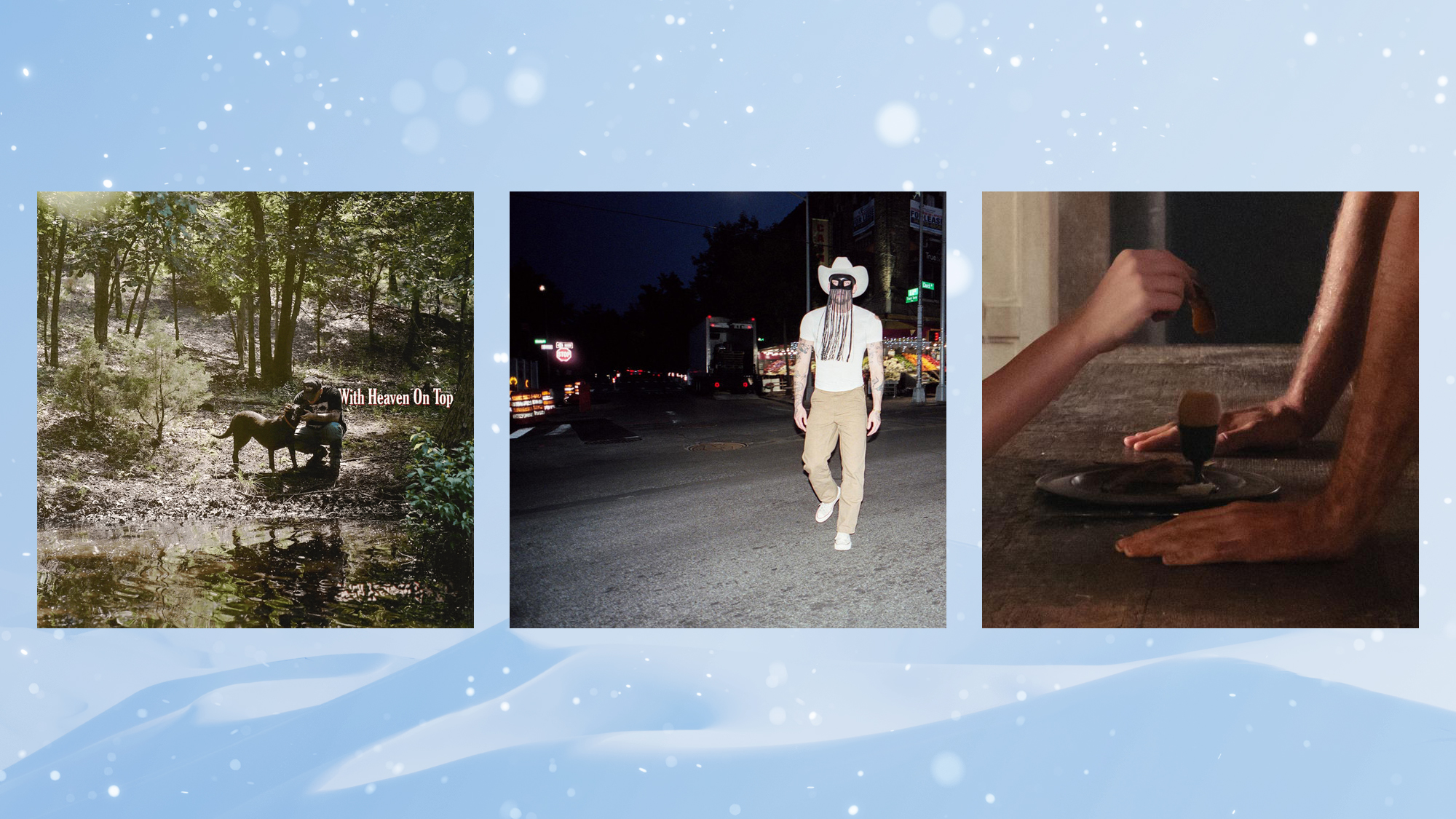Polyamory is having a moment(s)
The latest in loving more — and those who want less of it


It has burbled up consistently over the last 30 or so years. It has wrapped its arms around multiple people and their partners during those decades. Polyamory is the lifestyle people love to love and love to hate. Yet, if the last few months are an indication, the more-love groundswell is currently appreciating in a whole new way.
Background
Polyamory, or as Merriam-Webster explains "the state or practice of having more than one open romantic relationship at a time," hit the comparative mainstream with the publication of the now-famous text "The Ethical Slut" in 1997 by Janet W. Hardy and Dossie Easton, the latter who has been nonmonogamous since 1969.
In the ensuing years, polyamory became normalized — well, somewhat. "Approximately 1 out of 22 people (4–5%) who are currently in a romantic relationship identify as part of a consensually non-monogamous relationship," according to a 2021 study published in Frontiers in Psychology. And, as noted in Bedbible, polyamory or nonmonogamy is on the slow but steady rise. The practice has also hit the online dating market: Tinder expanded its relationship types to include such categories as open relationship, polyamory and ethical nonmonogamy in March 2023 in select countries.
The Week
Escape your echo chamber. Get the facts behind the news, plus analysis from multiple perspectives.

Sign up for The Week's Free Newsletters
From our morning news briefing to a weekly Good News Newsletter, get the best of The Week delivered directly to your inbox.
From our morning news briefing to a weekly Good News Newsletter, get the best of The Week delivered directly to your inbox.
The latest
Statistics tell one story about the ascent of polyamory. Its increasing appearance in mainstream news tells another. Nearly once a year NPR produces a story about polyamory. In November 2023, Oxford University Press published the first history of polyamory, "American Poly," by Christopher M. Gleason. The scholar tracks the movement's tentative birth during the Roaring Twenties through the present day, while laying out the way the movement threads together both conservative and countercultural stances on religion, politics and sexuality.
Then, in January 2024, peak polyamory exposure occurred. First, New York magazine devoted much of the Jan. 16, 2024, issue to polyamory, with a cutesy, cuddling quartet of felines on the print edition's cover. The issue featured an immersion into the practical minutiae of a polycule (a polyamorous group of interconnected individuals). "What they're doing is not really new, but it feels utterly au courant as an increasing number of people consider what it looks like to add a person or persons to their relationships," wrote the profile's author Allison P. Davis. The issue also included an in-depth user's guide to how to practice polyamory.
The same month, The New York Times interviewed Molly Roden Winter, author of the memoir, "More: A Memoir of Open Marriage," about Winter's, well, open marriage. As further evidence of polyamory's comparative mainstreaming, Winter "felt compelled to write about her experience, in part because she felt that non-monogamy is so often depicted as something happening on the fringes, not as a lifestyle that married moms pursue." Oh, and in January 2024 NPR hopped yet again on the polyamory wagon, interviewing Winter, a therapist, a rabbi and a psychology professor about how American marriages are changing. "The average marriage is getting worse. But those of us who are able to connect in this new way are achieving a marriage that is better than the best marriages of earlier eras," said Eli Finkel, the psychology professor.
The reaction
Mainstream media exposure be damned, the ladies of "The View" were not having the January uptick. In a recent segment after the launch of the New York magazine cover story, Whoopi Goldberg cringed as she said the story gives readers a guide to "being in an open relationship or engaging in so-called ethical nonmonogamy." Then the camera panned to Sunny Hostin making an unamused face. Then Joy Behar exclaimed, "How many orgasms can one girl fake?"
The response from a section of the polyamorous community was pointed. Behar's joke "implies that the women involved in nonmonogamy are just doing it for the men, you know, doing it for their pleasure," Leanne of Poly Philia, a polyamory blog, criticized on YouTube. "Which is a very misogynistic and patriarchal viewpoint."
A free daily email with the biggest news stories of the day – and the best features from TheWeek.com
Then the public intellectuals began spouting off. "Isn't it at least a little suspicious that polyamory — which is supposedly a "liberatory" corrective to repressive family structures — happens to be exactly compatible with a mode of economic life that has made both traditional marriage and parenthood completely unaffordable?" wrote environmental studies professor and The Atlantic writer Tyler Austin Harper on X.
The point isn’t that polyamory is/isn’t immoral. Rather, polyamory is a *symptom.* It’s downstream from a culture that is allergic to limits and personal sacrifice and that embraces the idea that human beings are fungible commodities to whom no permanent attachment is owed 2/January 17, 2024
He then explained polyamory's intimate connection to 21st-century individualism and that polyamory, as a movement, is not disrupting any status quo. All fun and intellectual games until X user @full_hearts upended Harper's seven-post thought exercise with one juicy comedic smackdown.
this is so many tweets to say you got no bitches https://t.co/cnauDuaQDvJanuary 17, 2024
Welcome to the polyamory discourse, 2024-style.
Scott Hocker is an award-winning freelance writer and editor at The Week Digital. He has written food, travel, culture and lifestyle stories for local, national and international publications for more than 20 years. Scott also has more than 15 years of experience creating, implementing and managing content initiatives while working across departments to grow companies. His most recent editorial post was as editor-in-chief of Liquor.com. Previously, he was the editor-in-chief of Tasting Table and a senior editor at San Francisco magazine.
-
 Let these comedians help you laugh your way through winter
Let these comedians help you laugh your way through winterThe Week Recommends Get some laughs from Nate Bargatze, Josh Johnson and more
-
 The best music of 2025
The best music of 2025The Week Recommends These were some of the finest releases of the past year
-
 Oscars jump to YouTube after decades at ABC
Oscars jump to YouTube after decades at ABCSpeed Read The awards show will be broadcast worldwide on YouTube starting in 2029
-
 Rob Reiner, wife dead in ‘apparent homicide’
Rob Reiner, wife dead in ‘apparent homicide’speed read The Reiners, found in their Los Angeles home, ‘had injuries consistent with being stabbed’
-
 10 upcoming albums to stream during the winter chill
10 upcoming albums to stream during the winter chillThe Week Recommends As the calendar turns to 2026, check out some new music from your favorite artists
-
 How coupling up became cringe
How coupling up became cringeTalking Point For some younger women, going out with a man – or worse, marrying one – is distinctly uncool
-
 May your loved ones eat, drink and be merry with these 9 edible Christmas gifts
May your loved ones eat, drink and be merry with these 9 edible Christmas giftsThe Week Recommends Let them eat babka (and cheese and licorice)
-
 How AI chatbots are ending marriages
How AI chatbots are ending marriagesUnder The Radar When one partner forms an intimate bond with AI it can all end in tears



